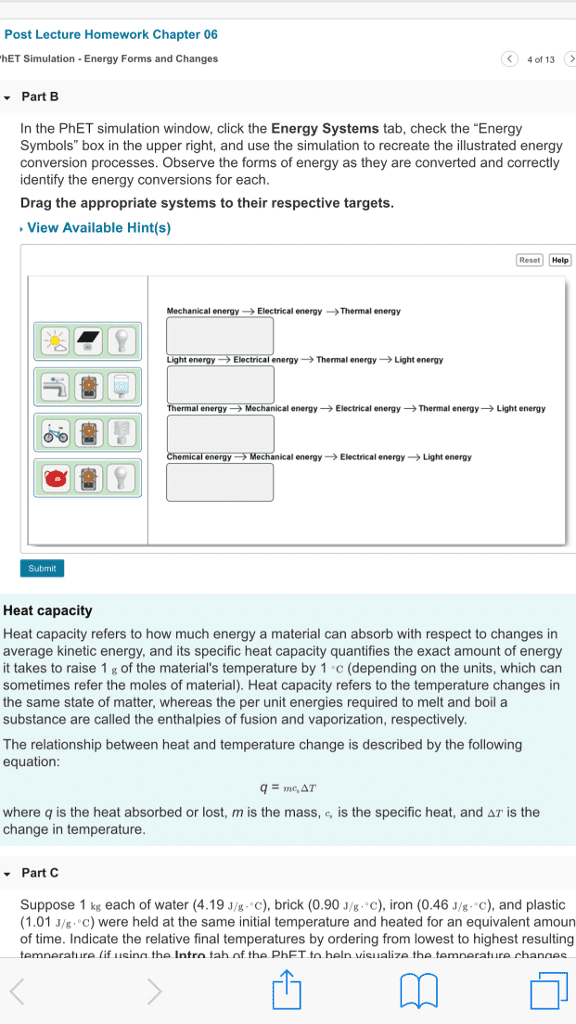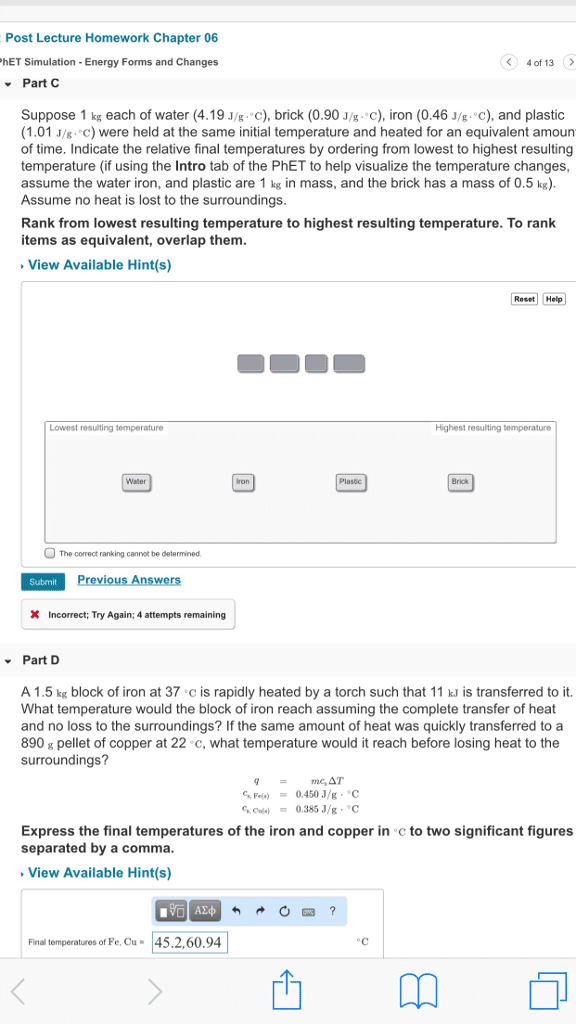CHEM 0110 Chapter Notes - Chapter 6: James Prescott Joule, Thermodynamic System, Kinetic Energy

General Chemistry 1 Notes
1
Megan Sitlinger
10/30/16
❖ Chapter 6: Thermochemistry
➢ Understanding Heats of Reaction
• Thermochemistry is the study of the quantity of heat absorbed or evolved (given off) by
chemical reactions
▪ Section 1 – Energy and Its Units
o Energy: the potential or capacity to move matter
▪ Property of matter
▪ Exists in different forms that can be interconverted
• Ex: heat, light, and electrical energy
• Kinetic Energy; Units of Energy
o Kinetic energy: the energy associated with an object by virtue of its motion
▪ Ek = 1/2mv2
▪ Kinetic energy depends both on its mass and its speed
▪ Joule (J): the SI unit of energy, kg•m2/s2
• James Prescott Joule (1818-1889):
o Studied the energy concept
▪ Calorie (cal): a non-SI unit of energy commonly used by chemists, originally
defined as the amount of energy required to raise the temperature of one gram of
water by one degree Celsius
• 1 cal = 4.184 J
• Potential Energy
o Potential energy: the energy an object has by virtue of its position in a field of force
▪ Ep = mph
• Internal Energy
o Internal energy (U): the sum of the kinetic and potential energies of the particles
making up a substance
▪ The total energy Etot, of a quantity of water equals the sum of its kinetic and
potential energies as a whole (Ek +Ep)
▪ Normally, when you study a substance in the laboratory, the substance is at rest in
a vessel. Its kinetic energy as a whole is zero. Moreover, its potential energy as a
whole is constant, and you can take it to be zero
▪ In this case, the total energy of the substance equals its internal energy, U
• Law of Conservation of Energy
o Law of conservation of energy: energy may be converted from one form to another,
but the total quantity of energy remains constant
▪ The first law of thermodynamics
▪ Section 2 – First Law of Thermodynamics; Work and Heat
o The first law of thermodynamics relates the change in internal energy of a physical or
chemical change taking place in a container to the flows (transfers) of energy into or
out of the container
o These energy transfers of are two kinds: work and heat
• Thermodynamic System and its Surroundings
o Thermodynamic system (system): the substance or mixture of substances that we
single out for study (perhaps including the vessel) in which a change occurs
o Surroundings: everything in the vicinity of the thermodynamic system (its
environment)
find more resources at oneclass.com
find more resources at oneclass.com



